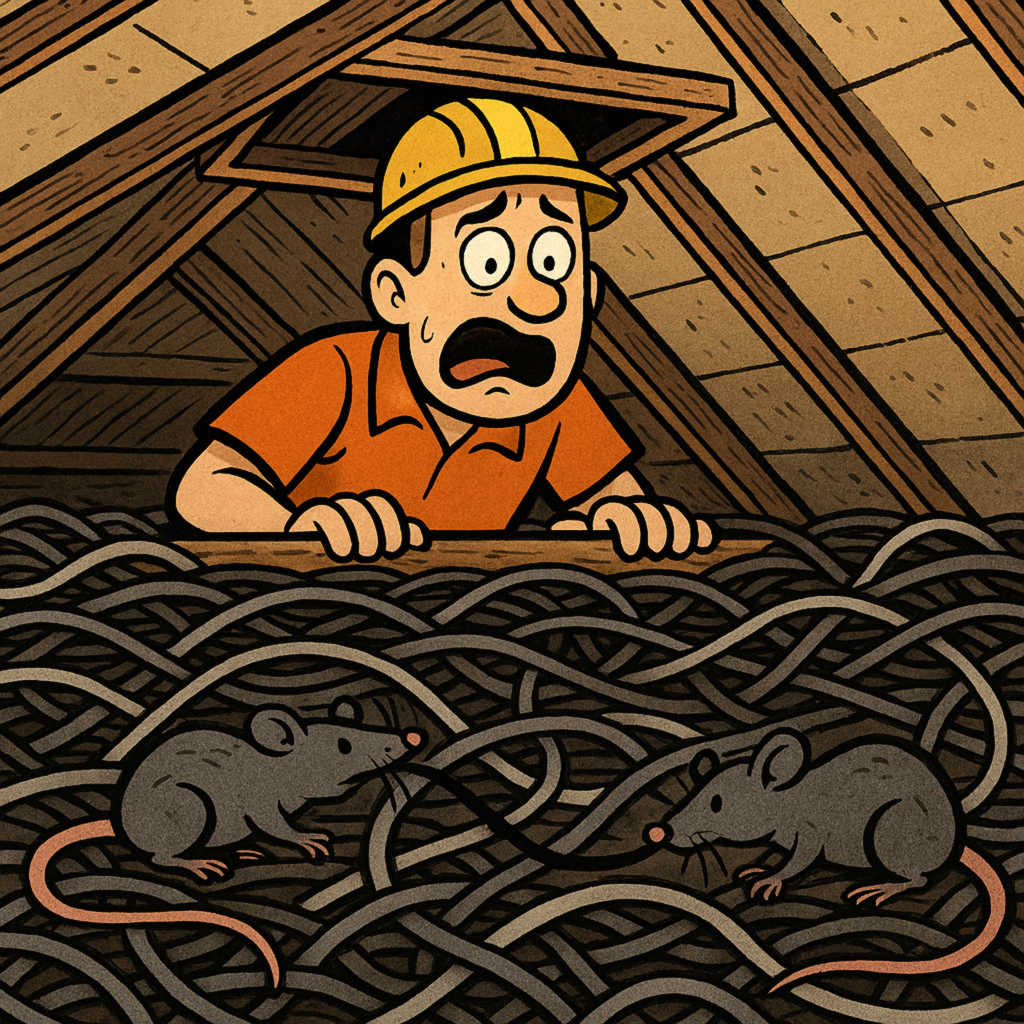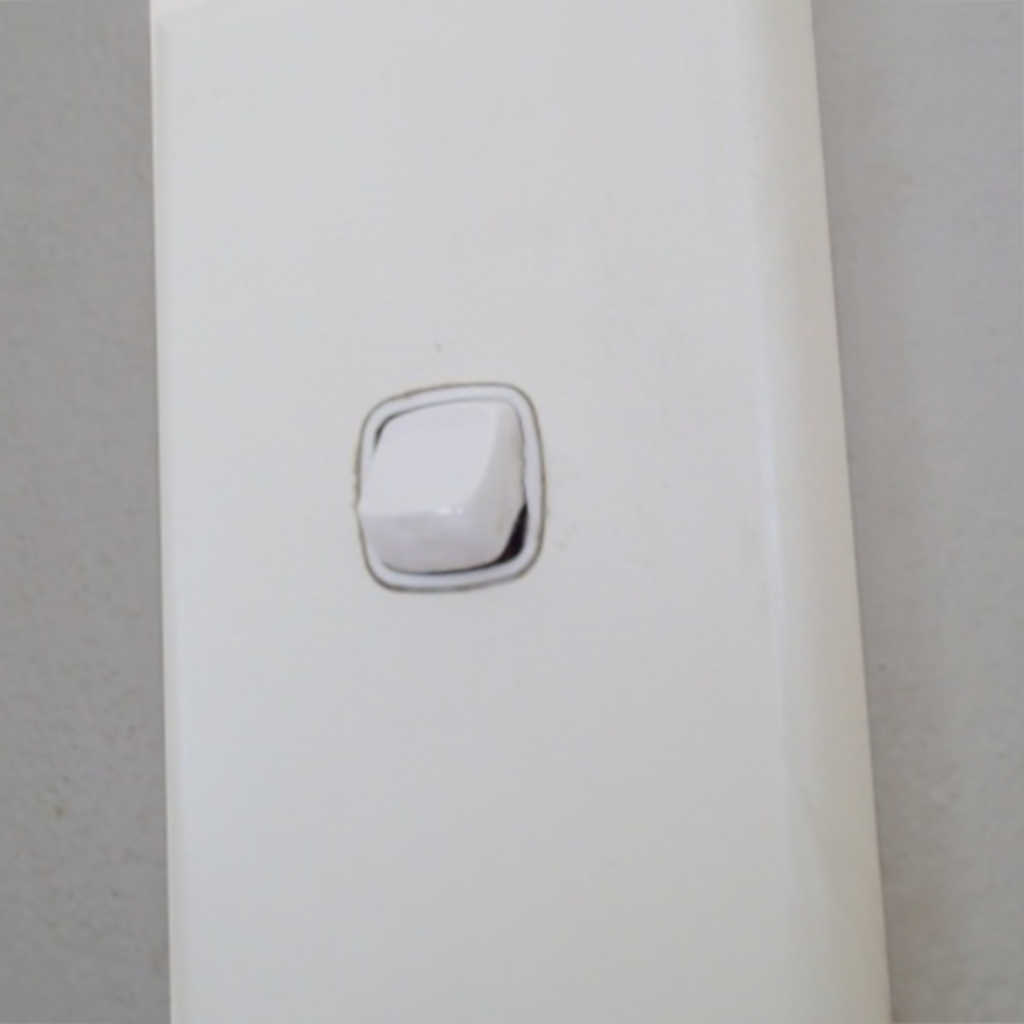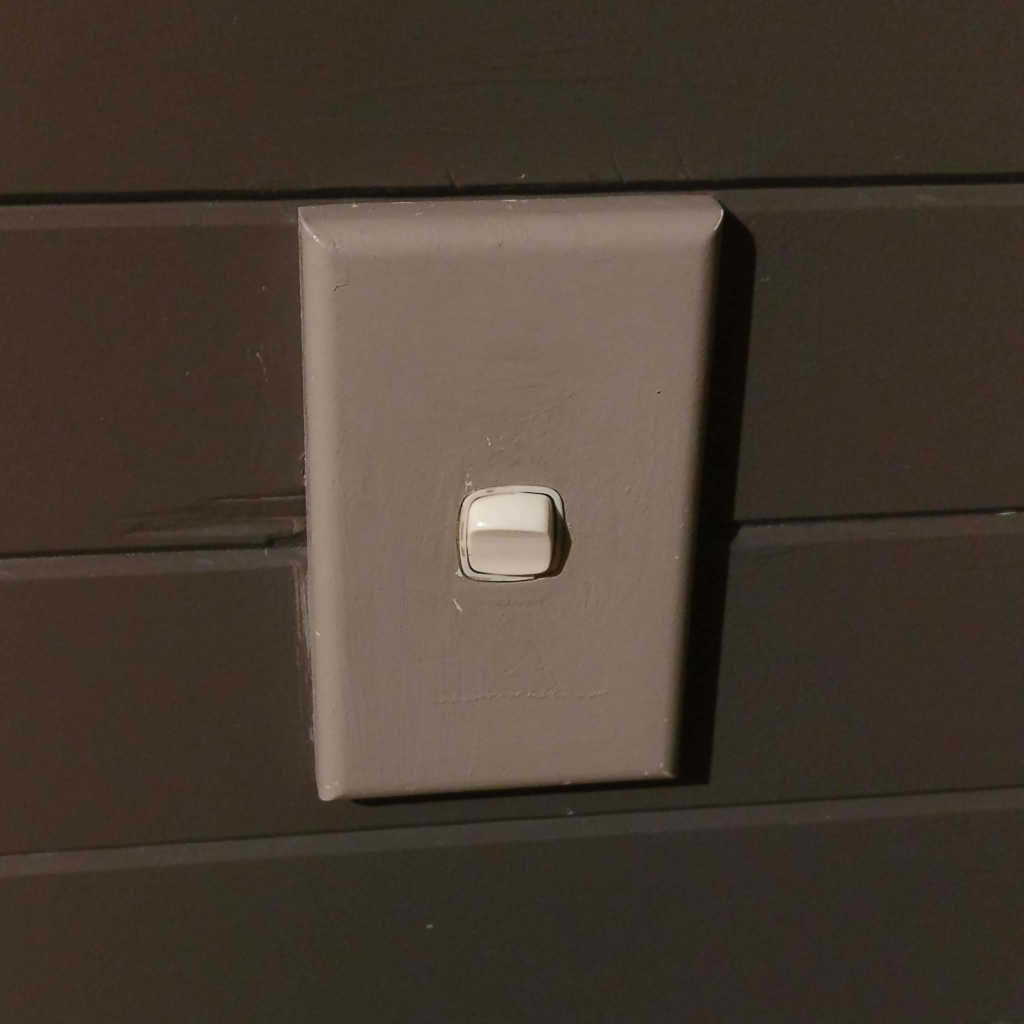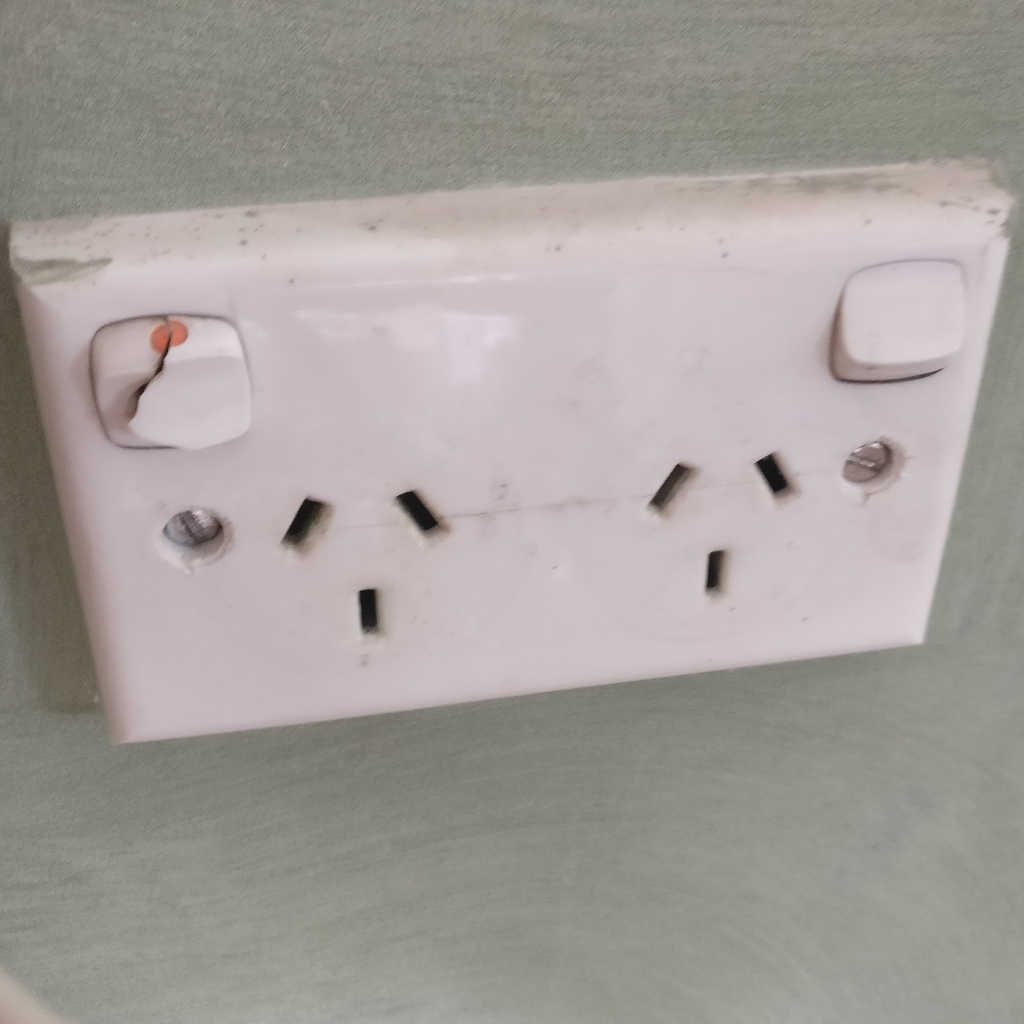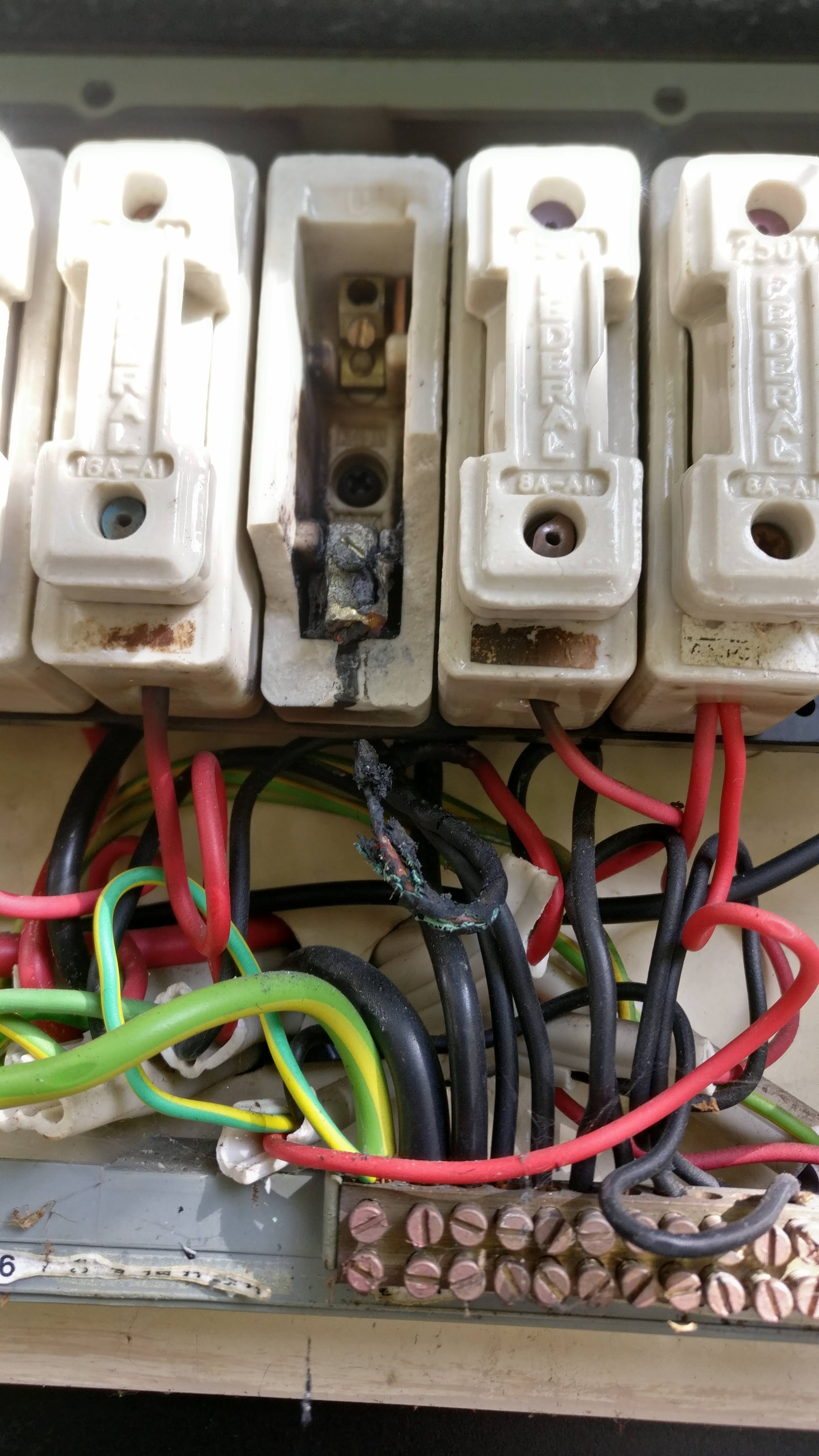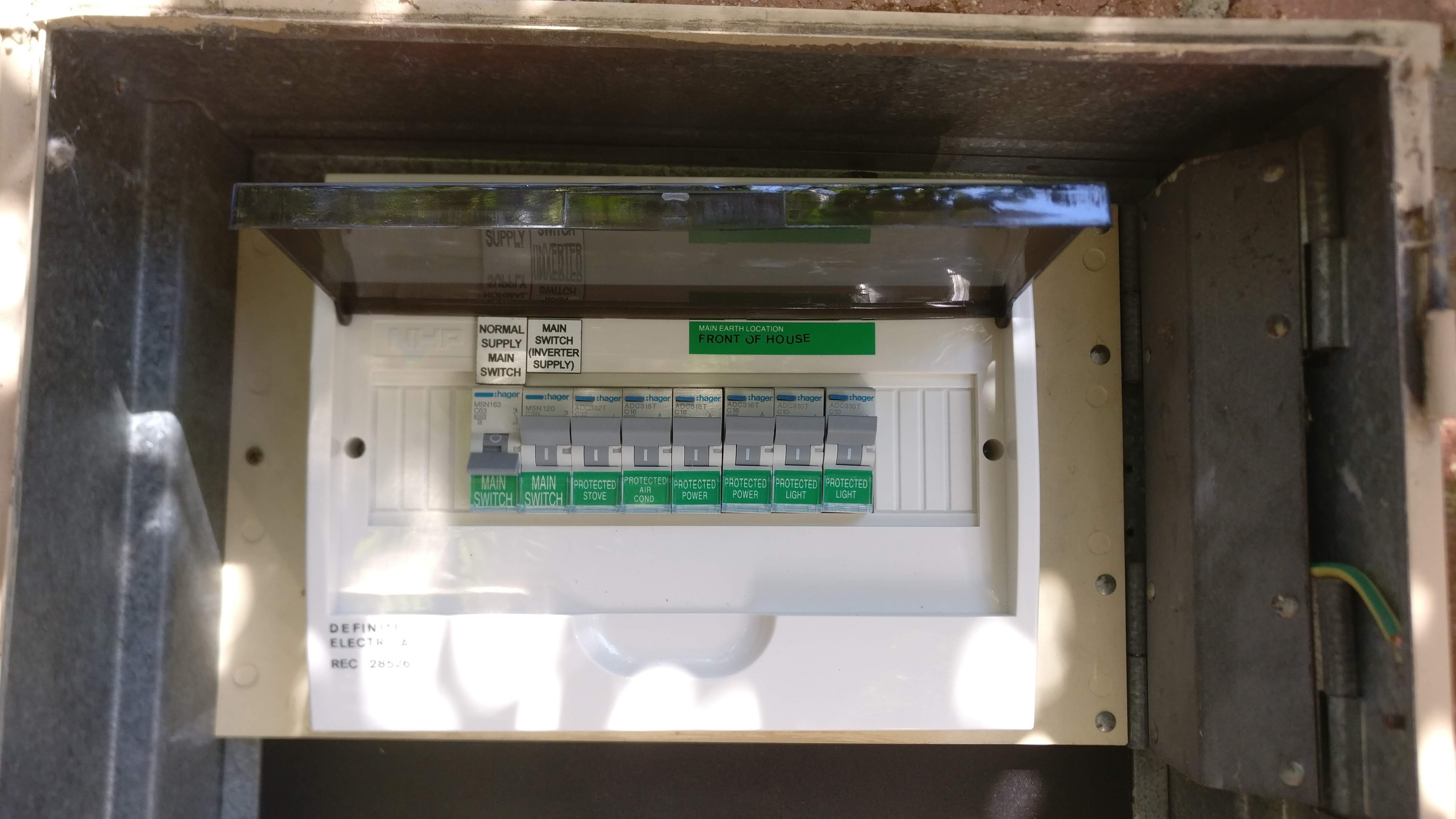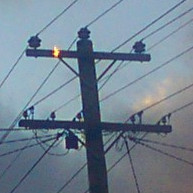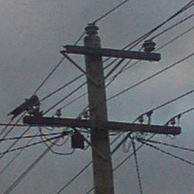When it comes to the electrical safety and compliance of your home, there are many factors to consider, and one of the most overlooked is how the cables in your roof space are installed. A surprising number of domestic electrical installations in Queensland fail to comply with a basic requirement from the AS3000 Wiring Rules—namely, the proper securing of cables in roof spaces.
What Does the AS3000 Say About Roof Space Cables?
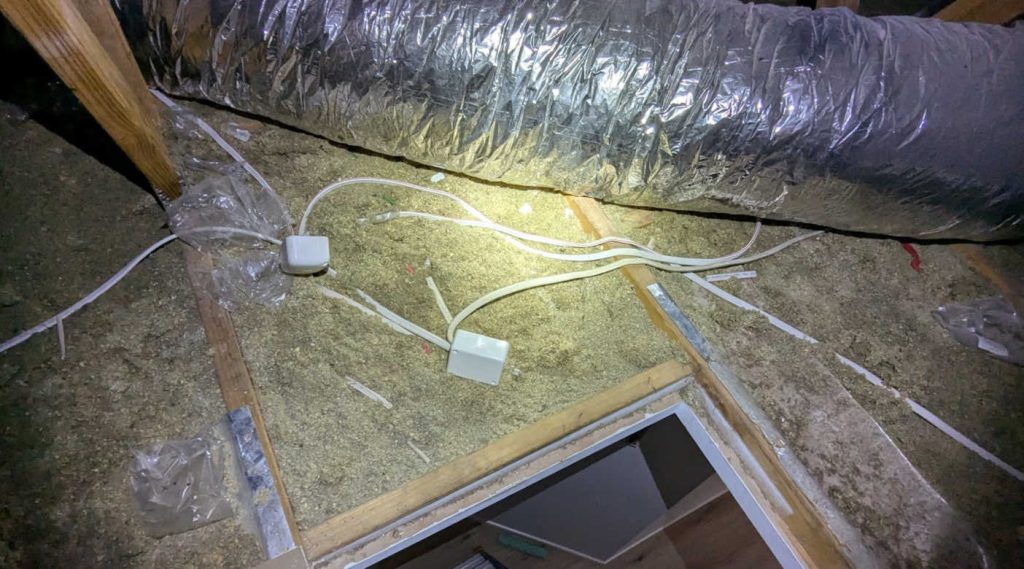
The AS3000 Wiring Rules—the standard that governs electrical installations in Australia—clearly outlines the requirements for installing cables. One of the key clauses, 3.9.3.3, deals specifically with securing cables in accessible roof spaces, particularly above 0.6 metres in height and within 2 metres of an access hatch. Cables must be secured and supported so that they don’t sag, come into contact with sharp surfaces, get damaged by stepping on them, or become a hazard during maintenance or inspection.
The Reality: Non-Compliant Installations Everywhere
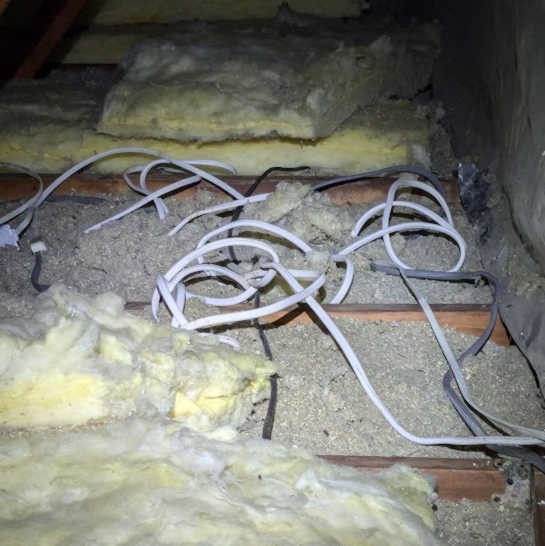

Unfortunately, in practice, the majority of domestic electrical installations don’t follow this rule in Queensland homes. Often, cables are left unsecured or are haphazardly installed in roof spaces. Even more alarming is that some cables are run diagonally across roof trusses, spanning from one corner of the roof to another. This not only violates the AS3000 but also precludes the possibility of running those cables in a compliant manner later on without replacing them.
The problem is not limited to older wiring. If anything, it’s the newer, retrofitted wiring that is more likely to be installed poorly.
Why Do Electricians Cut Corners?
There are several reasons why electricians may not follow the AS3000 standards in roof spaces:
- Time and Cost Pressures – Securing cables properly can take time. To cut costs, some installers may skip securing cables altogether, convincing themselves that a shortcut here or there isn’t going to harm anyone.
- Lack of Physical Ability – An electrician may not have the physical strength, flexibility or even body shape to safely access and traverse the roof space. Others may even lack the patience or good attitude to perform this difficult, dirty and uncomfortable task.
- Lack of Awareness or Training – Possibly not all electricians are fully aware of the specifics of the AS3000 standards. Inexperienced or inadequately qualified installers may not be familiar with the requirements.
- Roofspace Temperature – Daytime summer temperatures in a Queensland roof space are hardly a comfortable thing to experience. This may partly explain why, in cooler Victoria, unsecured cables in a roof space are not common at all.
- Difficult Roof Layouts – Some roof spaces make it hard to run cables neatly, especially if access is tight or prior installations have left the area cluttered. In these cases, electricians sometimes take the “easy” way out by running cables across trusses rather than along them.
The Risks of Non-Compliant Cable Installations
While it might not seem like a big deal at first, improperly secured cables can cause several issues:
- Safety Hazards: Loose or sagging cables are far more likely to be damaged by tradespeople, homeowners or even pest animals moving around the roof space, leading to potential electrical faults, shocks or fire risks.
- Difficult Future Maintenance: If cables are not installed properly the first time, future work—such as installing downlights or ceiling insulation—can become more complicated and dangerous.
- Non-Compliance with Standards: Non-compliant installations can also lead to issues with insurance claims or when selling a home. If an inspection reveals that the electrical work does not meet AS3000 standards, you may be required to fix the issues before proceeding with the sale. Worse still, an insurance claim may be denied.
How Can You Ensure Your Installation Is Compliant?
If you suspect that your existing installation may not be up to standard, it’s worth having a qualified electrician inspect your roof space. Securing the existing cables may not be as costly as expected.
If the installer of the defective wiring can be identified and contacted, they are required under Australian Consumer Law and state based electrical regulations to rectify it at no cost to you.
However, prevention is better than cure. So for your next electrical project, use a contractor who cares about their workmanship, whether it’s visible to you or not.
At Definite Electrical, we take compliance seriously. All of our installations strictly follow the AS3000 Wiring Rules and other applicable standards, ensuring that your cables are secured properly, even in tricky roof spaces. We understand the importance of doing the job right the first time and are committed to ensuring that our work is safe, up to standard, and takes into account the need for future alterations or repairs.
If you’re concerned about the state of your roof space cabling, Contact Definite Electrical for a thorough inspection.

